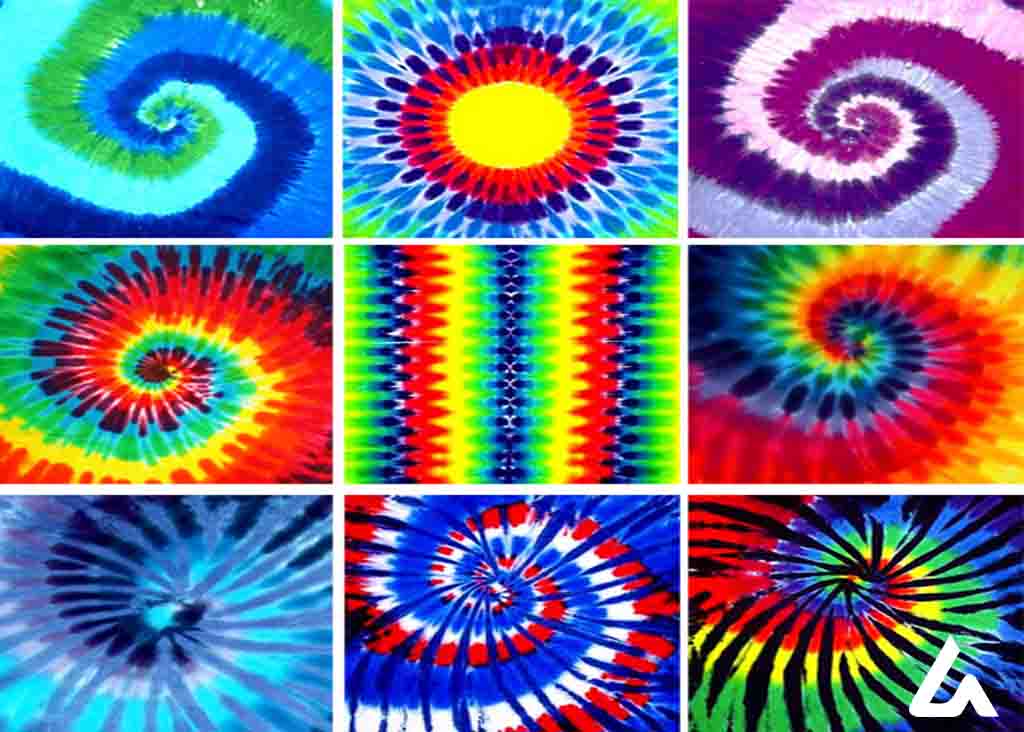
Tie-Dye is also known as “Tie and dye“. It is the process of creating patterns on clothes or fabrics. It is dying natural fabrics that result in interesting and colorful patterns. The technique of tying of cloth with thread and then dying it is the simplest and perhaps the oldest form of creating patterns on a plain piece of cloth is known as tie and dye.
History
However, the art of dying fabrics and specifically tie-dying goes far back in time. The earliest surviving examples of pre-Colombian tie-dye in Peru date from 500 to 800A.D. Their designs include small circles and lines, with bright colors including red, yellow, blue, and green.
Types of tie and dye patterns
There are several basic types of tie and dye techniques:
- Spiral
- Stripes (Shibori)
- Sunburst
- Rose
- Folds
- Lightning
- Crumple
Tie & Dye in today’s Fashion
Tie-dye is no longer only for hippies who never got over the ’60s who dyed tee shirts, dresses, socks, hats, or whatever other cotton materials they could get their hands on. Tie n Dye bright colors and memorable patterns have become a vital part of fashion. It seems we’re once again captivated by color play, but today’s trendiest dye techniques have a sophisticated twist.
The attractive material is still used today by top designers. Moreover, tie and dye designs have been prevalent in Bollywood for several decades now. From sarees to kurtas to suits everything has been designed using tie n dye these days. Most importantly, there is no limit to the number of designs that can be made by tie n dye. It’s like tie n dye gets the best out of a designer.
Nowadays not only garments but Tie Dye Sandals and Heels to boots are seen in fashion. Although Tie and Dye are retro-style it’s a fashion trend these days which is getting more and more attention from designers and critics. Yes, it’s still a fashion; you can always spot an odd guy/gal wearing a trendy tie n dyed kurta or even some t-shirts with a cool pattern of tie n dye. It’s among a very rare kind of design that is fancied by generations of all times. I must say this art of tie n dye is here to stay for Long.
You May Also Read
